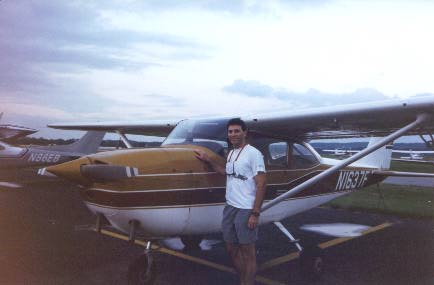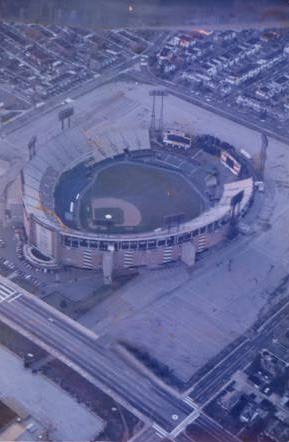
Photo: Becky Kirkland, Hickory Daily Record.
Flying


Photo: Becky Kirkland, Hickory Daily Record.
Carburetor ice occurs because of the change in pressure as the air enters the carburetor, causing a decrease in temperature, and from the evaporation of fuel, which also causes a drop in temperature.
Carburetor ice happens most frequently at low RPMs (when the
butterfly valve in the throat of the carb is more-closed (causing a
greater temp/pressure drop), during high humidity days, and when
there is a small temp. dew point spread.
Carburetor ice happens more easily in the Continental engine then the
Lycoming. Air enters the Continental engine from the front of the
cowling, and goes directly into the air filter. In the Lycoming, the
air enters from beneath the engine and goes thru the oil sumps. The
air is therefore warmer.
The warning signs are a drop in RPMs or a drop in manifold pressure
without a change in altitude or throttle setting.
Always apply full carb heat, unless the manufacturer suggests
otherwise, or a carb ice detector is installed [yes, they make
these!]).
If carb ice is present the engine will run roughly as the ice
melts into the carb and gets ingested by the engine. Leave carb heat
on until RPMs return to the expected level. You may have to readjust
the mixture since the warmer air is less dense.
Aside from looking for a new 172, I have started
building a 4-place composite aircraft called
the AeroCanard A cousin of the
Cozy Mk4 and 2nd cousin of the
Cozy and Long EZ. It should be
finished around the turn of the century. My
Builders Logs and Pics... I have also just taken my first
aerobatic lesson.
